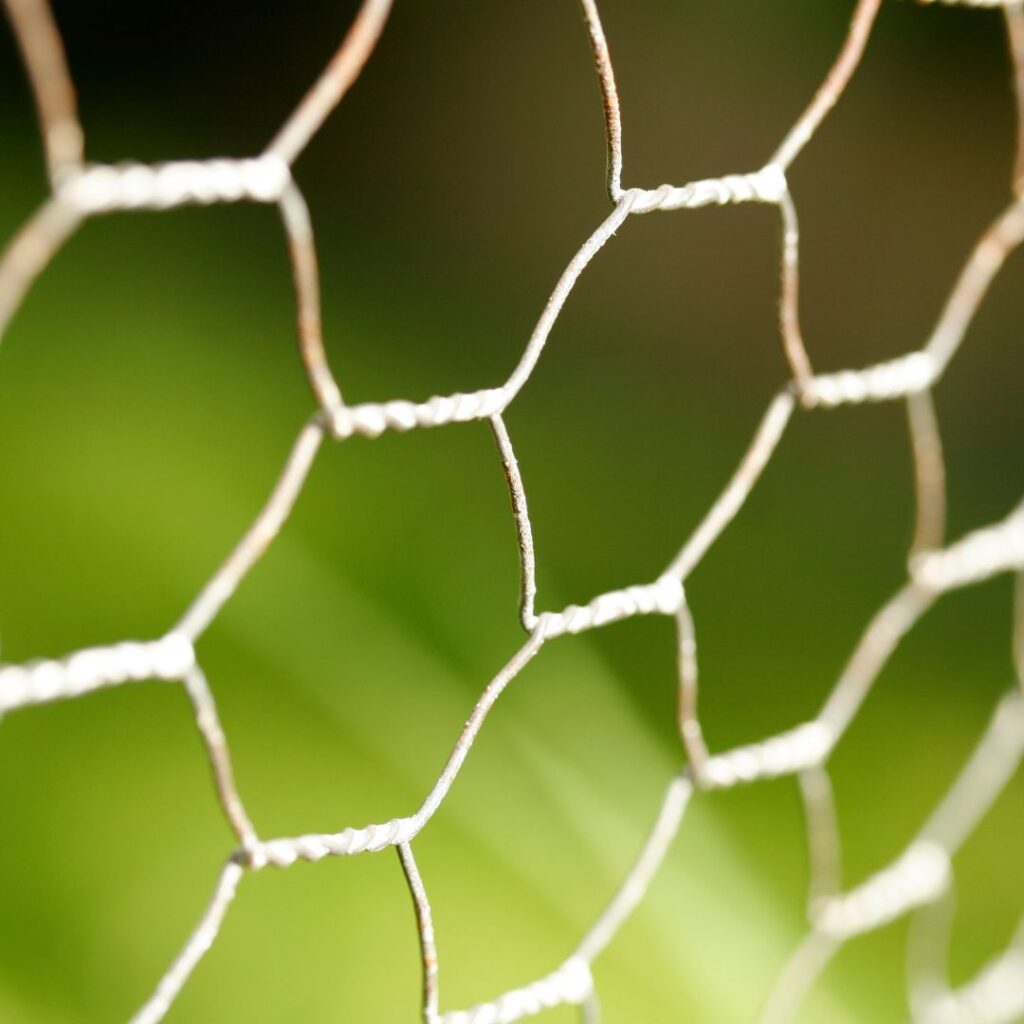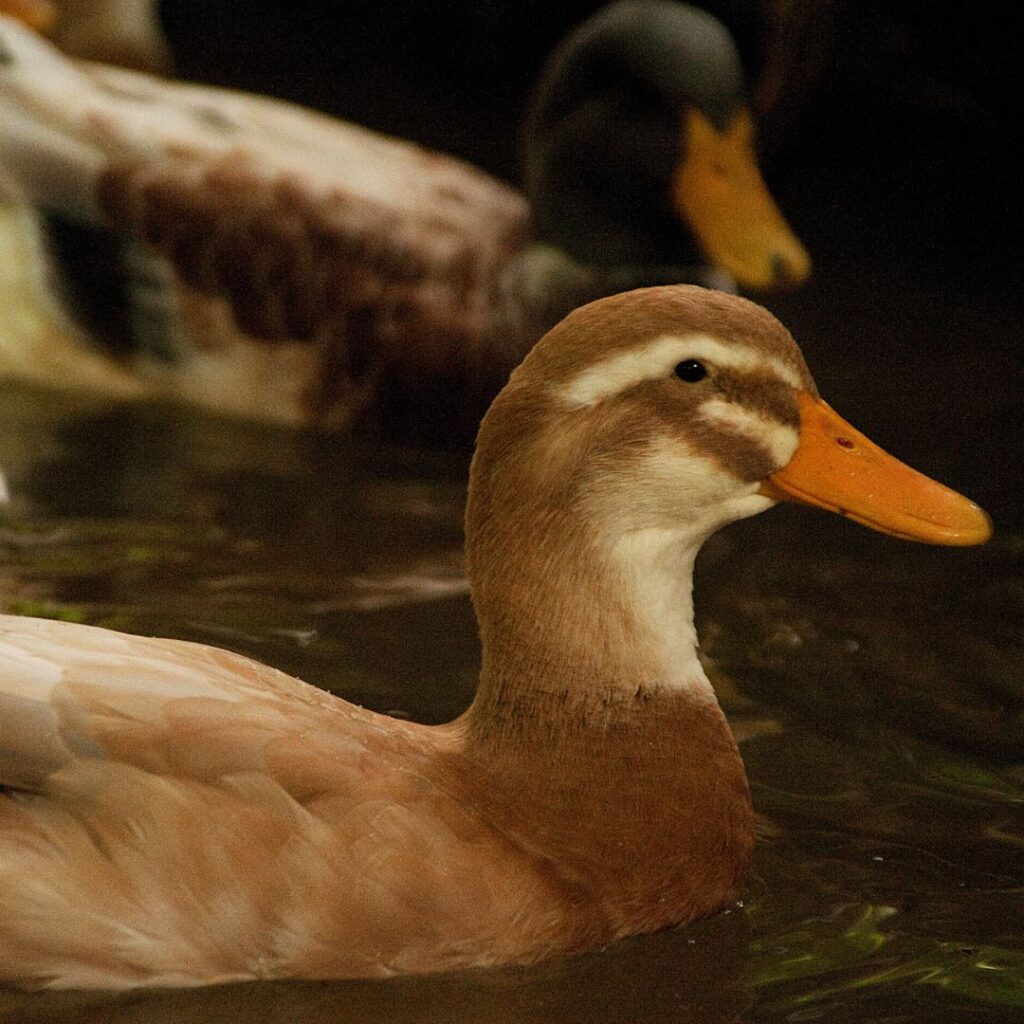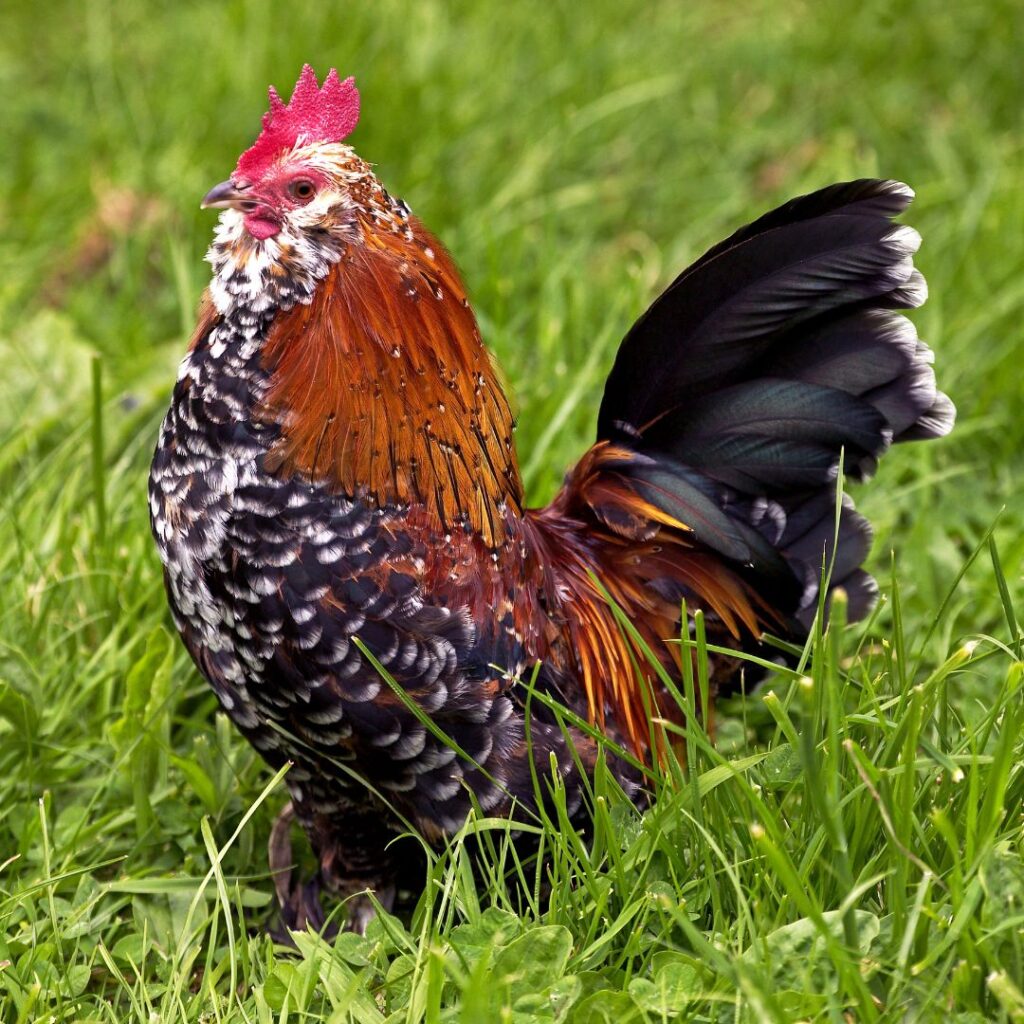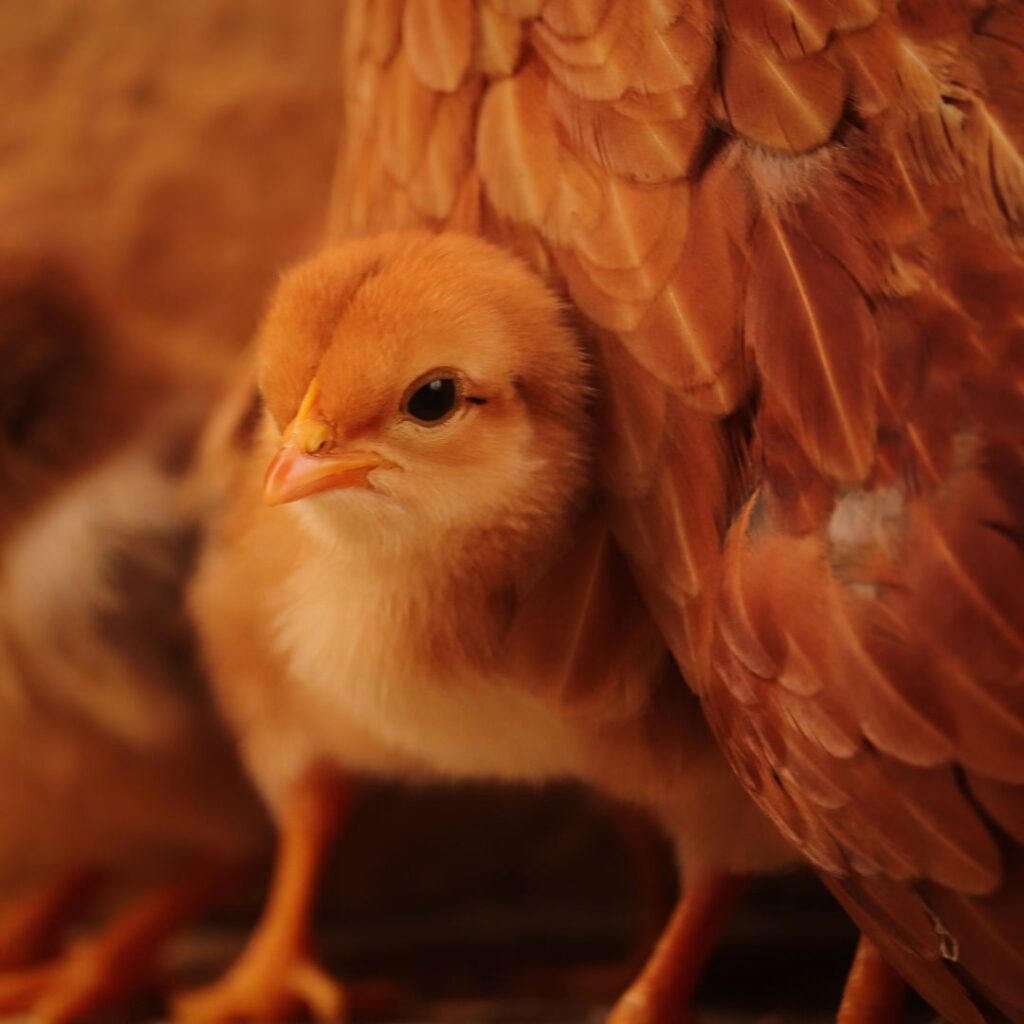Catching chickens can be daunting, especially if you’re new to raising chickens. Whether you’re looking to capture an escapee chicken for medical reasons, to move them to a different location, or to show them some love, there are several ways to get it done.
In this article, we’ll explore proven methods of catching chickens that will make the process easier and less stressful.
Let’s see what the best method is for you.
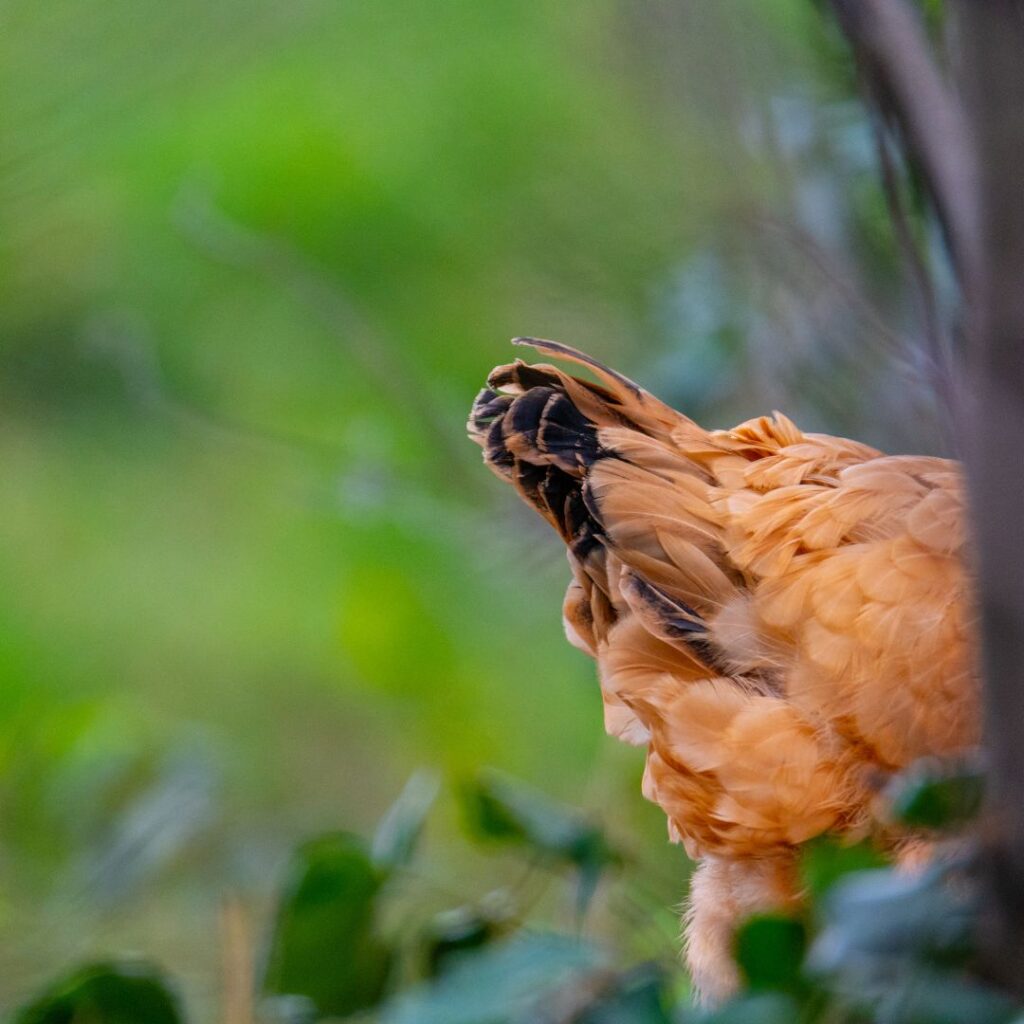
Did You Know? The Average Chicken can run approximately 9 mph (some breeds up to 15 mph). As opposed to the average human who runs 8.6 mph. Close race, right? Now consider that a chicken can also often take flight in short bursts, agile enough to turn on a dime; the race now favors the chicken.
Why Catching Chickens is Important
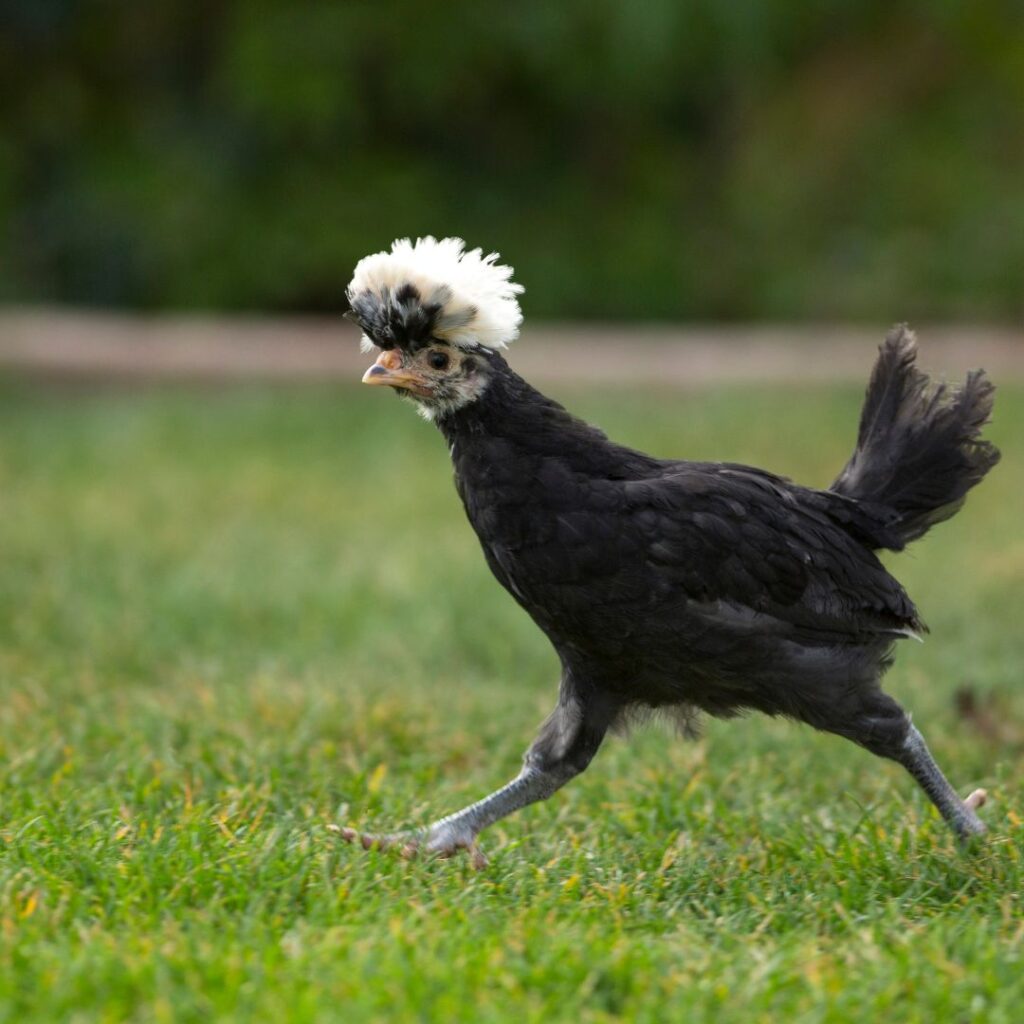
Catching chickens is a crucial part of chicken keeping. Knowing how to catch them properly is essential, whether you need to move them to a different location, provide medical treatment, or return them to their coop for the night. Here are some reasons why catching chickens is important:
Moving Chickens
Catching them is essential to move your chickens to a new location, such as a new coop or another part of your yard. Trying to round them up can be stressful for both you and your flock, and there’s a good chance you’ll lose a few birds in the process.
You can ensure they all safely make it to their new home by catching them gently and quickly.
Providing Medical Treatment
If one of your chickens becomes sick or injured, you may need to catch it to provide medical treatment.
This can be a traumatic experience for the chicken, so it’s essential to do it as quickly and gently as possible.
Knowing how to catch a chicken properly can minimize the stress and discomfort for you and the bird.
Returning Chickens to the Coop
Chickens typically roost in their coop at night, meaning you’ll need to catch them and return them to their coop each evening.
This is especially important if you have predators in your area. Leaving chickens out at night can put them at risk.
By catching them gently and quickly, you can ensure they are safe and secure in their coop for the night.
Checking Nesting Boxes
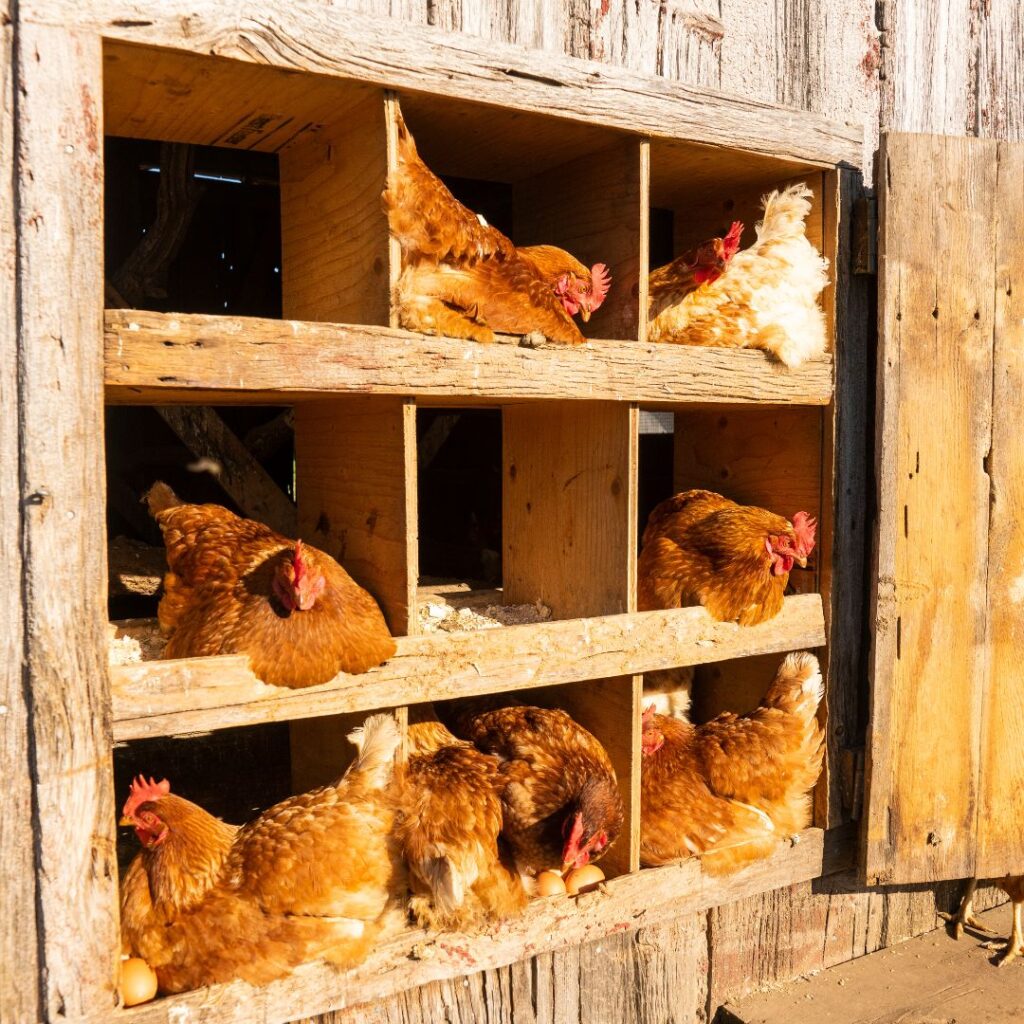
If you’re raising hens for their eggs, you must check their nesting boxes regularly to collect the eggs. This may require picking up the hens to access the nest boxes.
Knowing how to catch them properly can minimize the stress and discomfort for you and the bird.
Handling Chickens
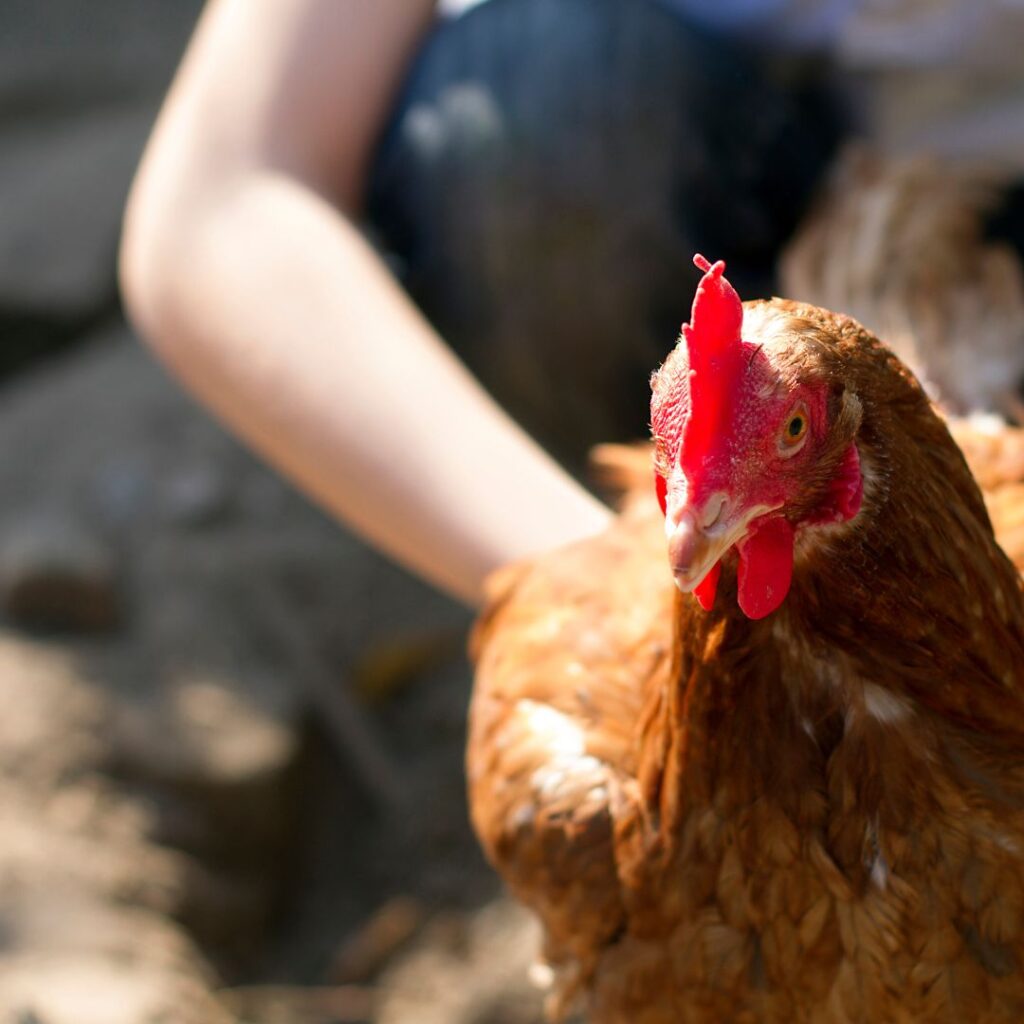
Finally, knowing how to catch and handle chicken is essential for breeders and anyone raising chickens for show.
By holding or petting them frequently when they are young chicks, you can help them become more comfortable with human interaction, making it easier to catch and handle them as they grow older.
This will create a long-lasting and trusting relationship with your flock.
Caution: Avoid holding your chicken upside down by its legs. This puts pressure on the chicken’s lungs, making it difficult for them to breathe. Hold the chicken by gently placing your hands and holding its wings down.
Overall, capturing a chicken is an integral part of chicken keeping. By learning how to do it properly, you can minimize stress and discomfort for both you and the birds and ensure they are safe and healthy.
Preparing to Catch Chickens

Before catching chickens, you must prepare yourself and the environment to ensure a successful catch. Here are some things to consider:
Choosing the Right Equipment

Having the right equipment is essential for catching chickens. Here are some tools that can help you:
- Poultry Hooks: A poultry hook is a 4′ pole with a hook on the end that can grab a chicken’s leg or neck. It’s helpful for capturing roosting chickens or hiding in tight spaces.
- Fishing Net: A fishing net can be used to catch chickens that are running around in an open area. Use a net with small holes to prevent the chicken from getting injured or escaping. Think of this as fishing for chickens.
- Chicken Wire: Chicken wire can create a temporary enclosure to catch chickens. You can use it to make a funnel that leads to a trap or to block off an area where the chickens are located.
- Long Pole: A long pole with a hook on the end can grab a chicken’s leg or neck. It’s helpful for catching roosting chickens or hiding in tight spaces.
- Cardboard Box: A cardboard box can be used to trap a chicken. You can prop up the box with a stick and place food inside. When the chicken enters the box to eat the food, you can pull the stick out and trap the chicken inside.
Creating a Safe Environment
Creating a safe environment is important for both you and the chickens. Here are some things to consider:
- Flashlight: If you’re catching chickens at night, a small flashlight can be helpful. It can help you see where the chickens are and avoid stepping on them.
- Box Trap: A box trap can be used to catch chickens that are difficult to catch. You can set up the box trap in an area where the chickens are located and bait it with food. When the chicken enters the box area to eat the food, the door will spring shut and close behind it.
- Trap Nesting: Trap nesting is a method of catching chickens that involves placing a nest box in the coop with a trap door. When a chicken enters the nest box to lay an egg, the trap door will close behind it.
- Old Blanket: An old blanket can cover a chicken’s head, which can help calm it down and make it easier to catch.
Choosing the right equipment and creating a safe environment can increase your chances of catching chickens successfully.
Practical Techniques for Catching Chickens
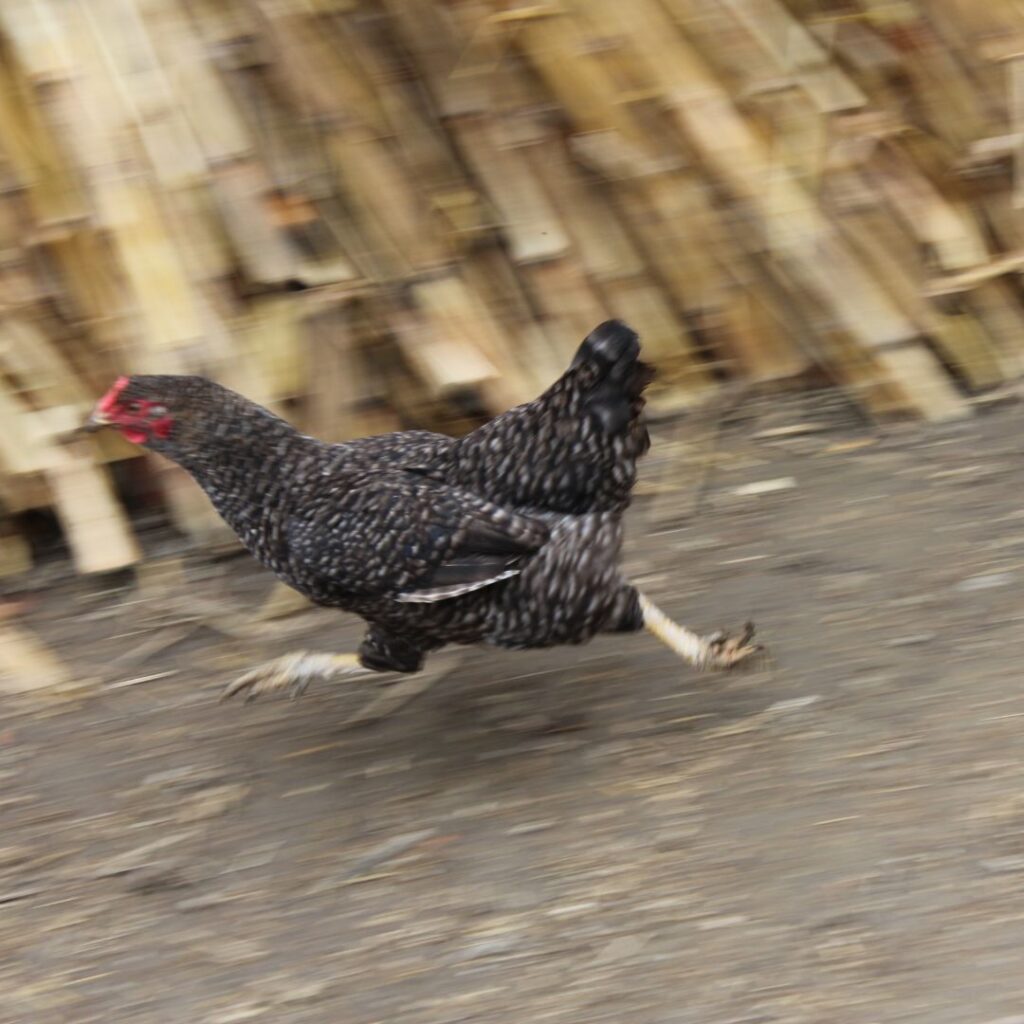
If you want to catch your chickens, you can use several effective techniques. The most important part is finding which method works for each situation.
Here are some of the most popular methods for capturing chickens:
Teach Them Where Home Is; Finding Their Way Home To The Chicken Coop
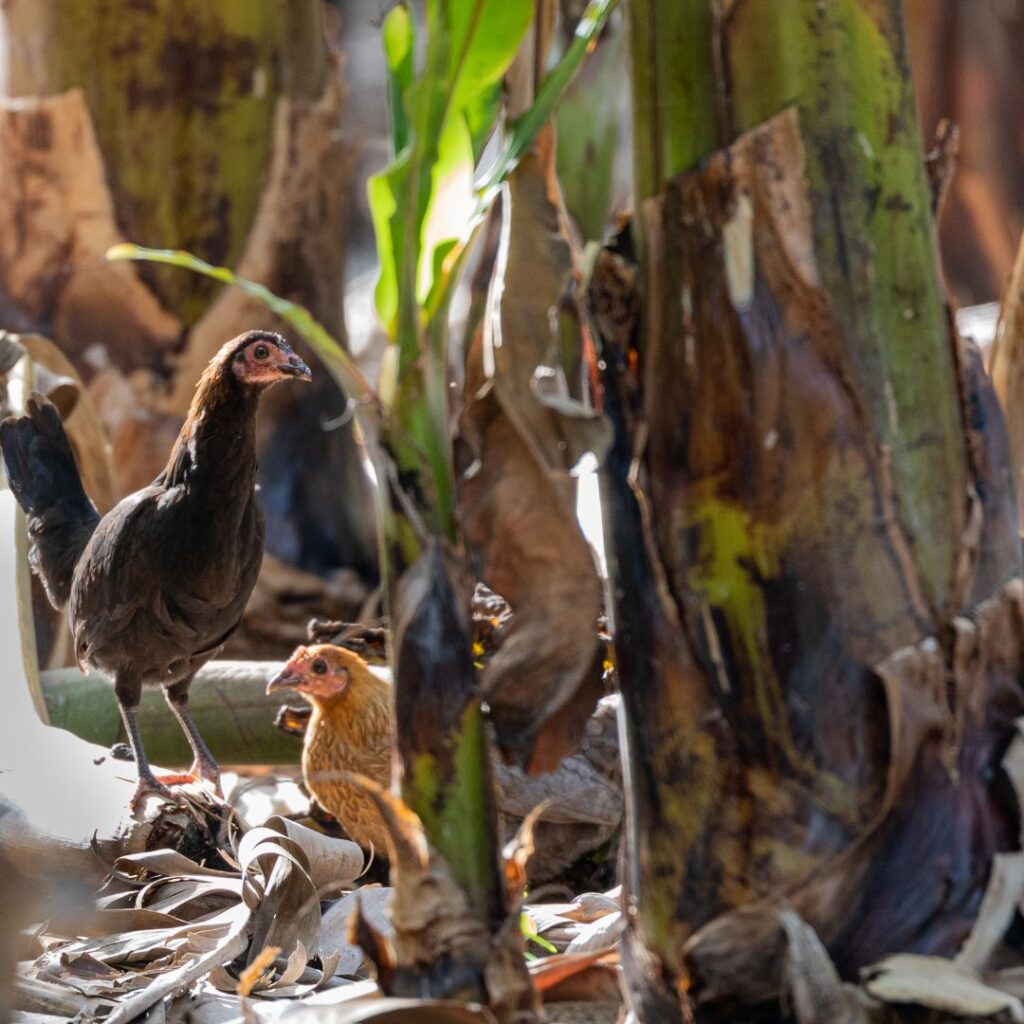
One of the most effective ways of capturing a chicken is to teach them where home is. By training your chickens to roost in their coop, they will return there every night at sunset.
This makes it easier to catch them if you need to move them to a different location or if you need to check on their health.
You can also use feed and chicken treats to lure your chickens with the addition of your voice, a whistle, or some other kind of signal.
Feeding your chickens treats when you make a particular sound becomes similar to clicker training.
Another effective method is to catch them with a fishing net. However, this method can be tricky since most chickens will quickly learn to avoid the netting once they’ve seen it in use. Using this method in contained areas like the run or coop is best.
You can try the “lure and grab” method, which involves sitting on a chair or a crouched position on the ground and sprinkling scratch grain or other treats in front of you near your feet. When the chicken you want to catch comes near, you can quickly spring into action and grab them.
Chasing and Cornering
One of the most common ways to catch a chicken is by chasing chickens and cornering them. This method requires some physical effort, but it can be effective if you are quick and agile. Here’s how to do it:
- Approach the chicken slowly and calmly so you don’t scare it off.
- Once you get close enough, make a sudden movement to startle the chicken.
- Chase the chicken towards a corner or enclosed space where it can’t escape.
- Once the chicken is cornered, grab it quickly but firmly.
- Avoid grabbing your chicken by the wings, neck, or leg; you could injure the bird.
Using Lures and Traps
Another effective way of how to catch a loose chicken is to use lures and a chicken trap. This method requires less physical effort and can be a good option if you have trouble catching chickens by hand. Here’s how to do it:
- Use a little feed to lure the chicken into a trap or enclosed space.
- Once the chicken is inside the trap, please close the door or gate to prevent it from escaping.
- Alternatively, you can use a bird trap to catch the chicken. Set up the chicken trap where the chicken will likely go and bait it with food or scratch grain. Scatter the ‘bait’ around the open space surrounding the trap and into the trap itself. You can do with a box large enough to fit the bird and a stick, bar, or pole; add a string or rope to pull it shut when the chicken enters.
Successfully Catch Your Bird with a Pole or Poultry Hook
If you’re looking for a more hands-off approach to catching chickens, you can use a pole or hook to grab them from a distance. This method requires some skill and practice but can be effective if you’re patient. Here’s how to do it:
- Use a long pole or poultry hook with a slip noose or hook at the end.
- Sneak up on the chicken slowly and quietly.
- Use the pole or hook to grab the chicken by the legs or neck.
- Once you have the chicken, lift it carefully and place it in a secure container.
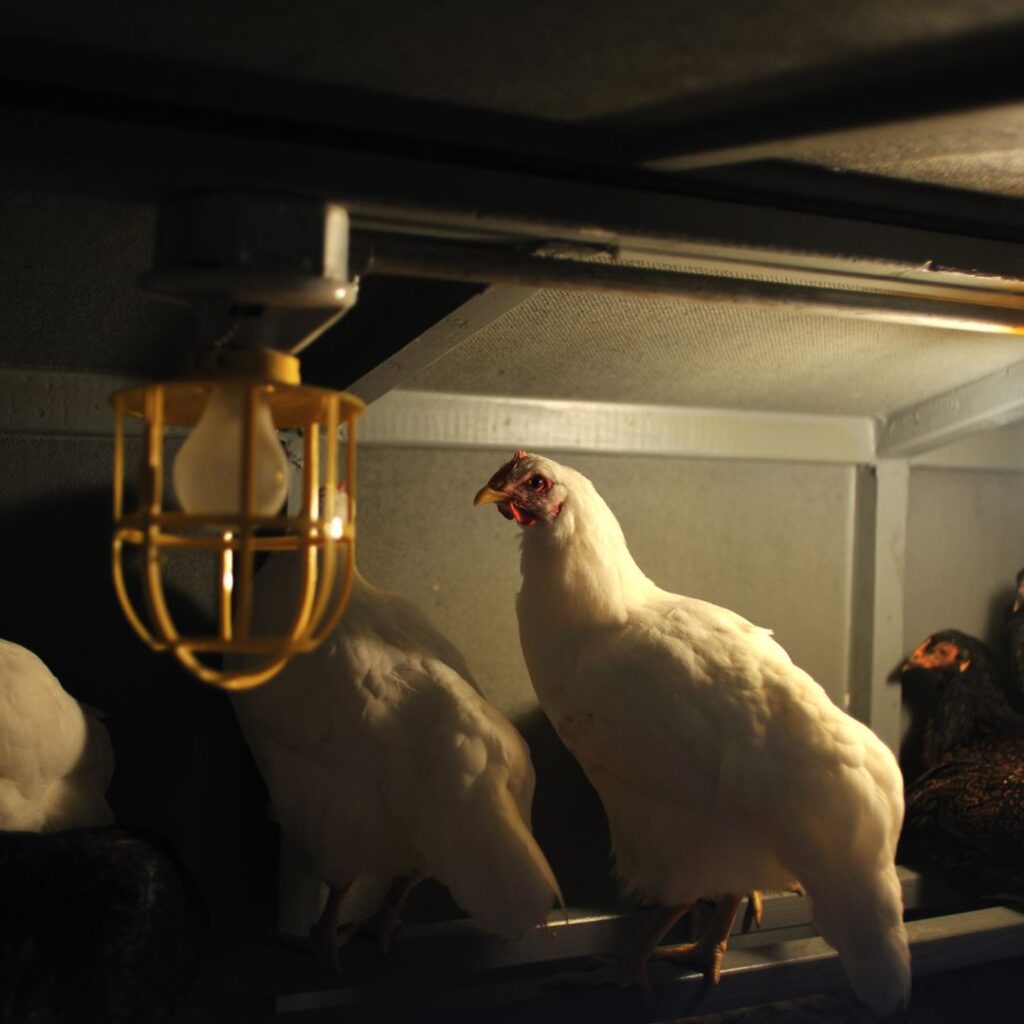
A Successful Night Catch
Capturing chickens at night can be a good option if you have trouble catching them during the day. Chickens are more docile at night and less likely to escape or resist capture. Here’s how to do it:
- Use a headlamp or flashlight to see in the dark.
- Approach the chicken slowly and quietly so you don’t scare it off.
- Once you get close enough, grab the chicken quickly and firmly.
- Secure the chicken in a container or coop to prevent it from escaping.
By using these techniques, you can catch chickens smarter, not harder. You can make catching chickens effortless and stress-free with a little effort and practice.
How to Catch a Chicken Safely
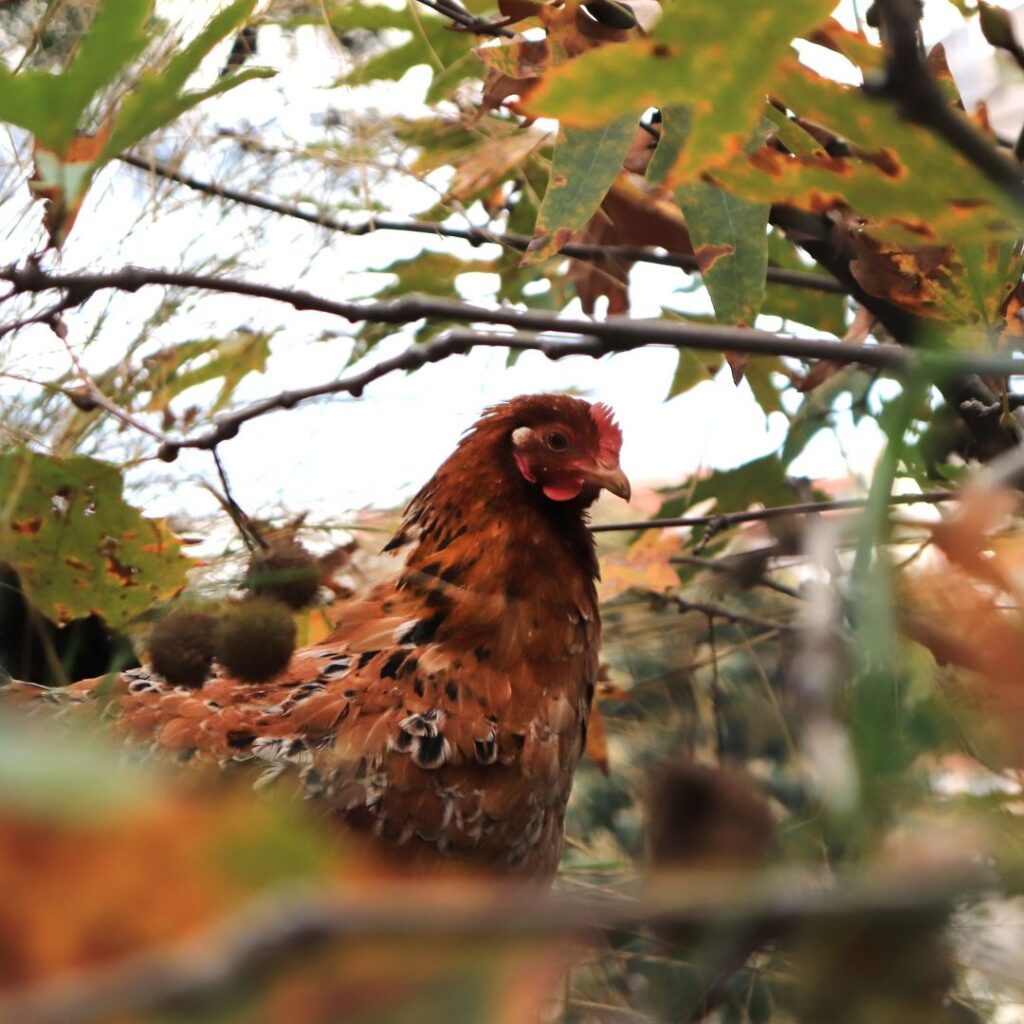
If you are new to catching chickens, learning how to do it safely and effectively is essential. Here are a few tips to help you catch your chickens without causing them harm.
Handling Chickens with Care
When handling your chickens, be gentle and avoid any sudden movements. Chickens can get easily scared and may try to fly away, so keeping a firm grip on them is essential. Always support their weight with both hands and keep them close to your body to prevent them from flapping their wings and injuring themselves.
Avoiding Injuries and Parasites
Chickens can carry parasites and bacteria that can be harmful to humans. Always wear gloves when handling your chickens to avoid potential health risks. Additionally, make sure to wash your hands thoroughly after handling them.
Chickens can also peck and scratch, so wearing long sleeves and pants is best to protect your skin from injuries.
Dealing with Aggressive Chickens
Some birds may become aggressive when they are being caught. If this happens, remain calm and avoid sudden movements. Try to catch them when roosting or sleeping, as they will be less likely to resist.
If your chicken is particularly aggressive, consider using a chicken catcher pole. This tool allows you to catch your chicken from a safe distance and can prevent any potential injuries.
Catching chickens can be a traumatic experience for them, so be as gentle and careful as possible. With these tips, you should be able to catch your chickens safely and effectively.
What to Do After Catching a Chicken
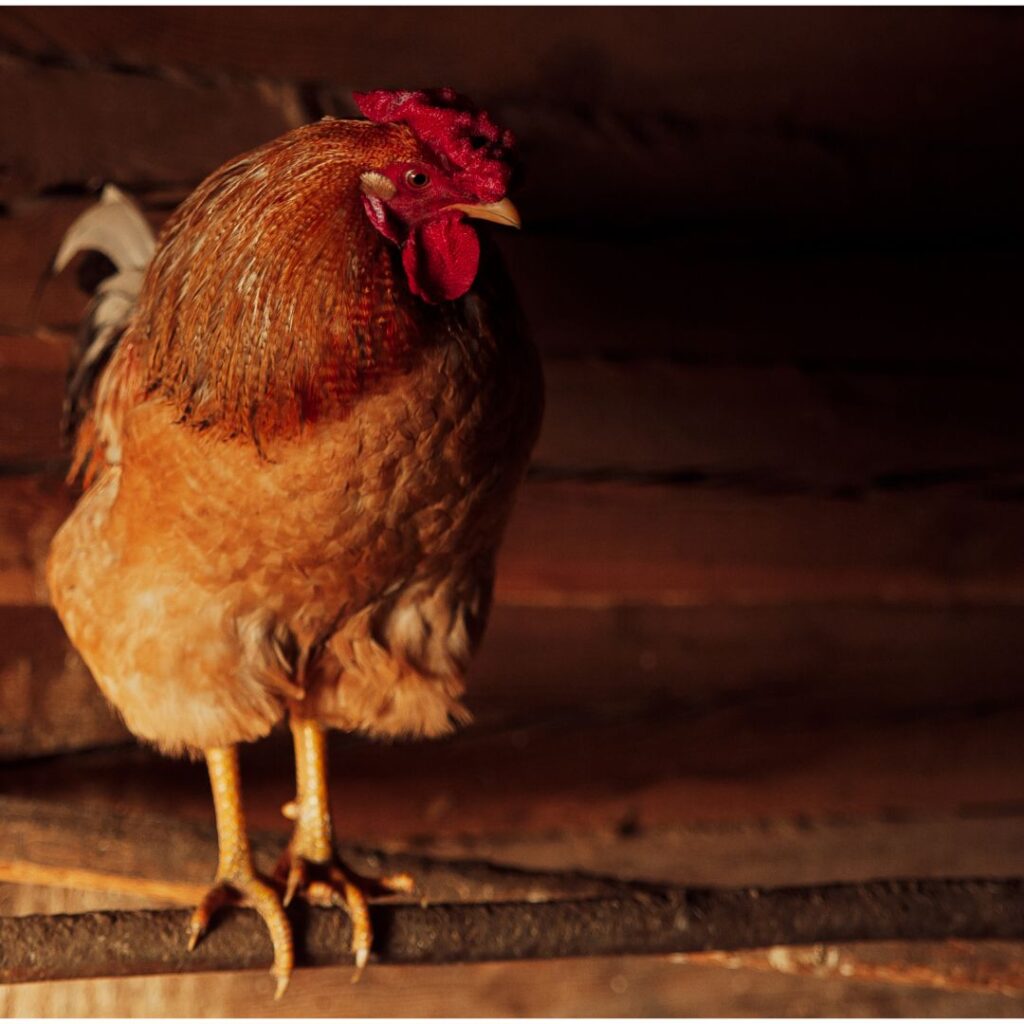
Congratulations on capturing your chicken! Now that you have successfully caught your feathered friend, you should keep a few things in mind.
Returning to the Chicken Coops
When returning a chicken to the coop, it is important to ensure that the coop is secure and that the other chickens cannot escape. Place the chicken on the roosting bars or in a separate pen, away from the other birds, until it has calmed down.
Caring for Captured Chickens
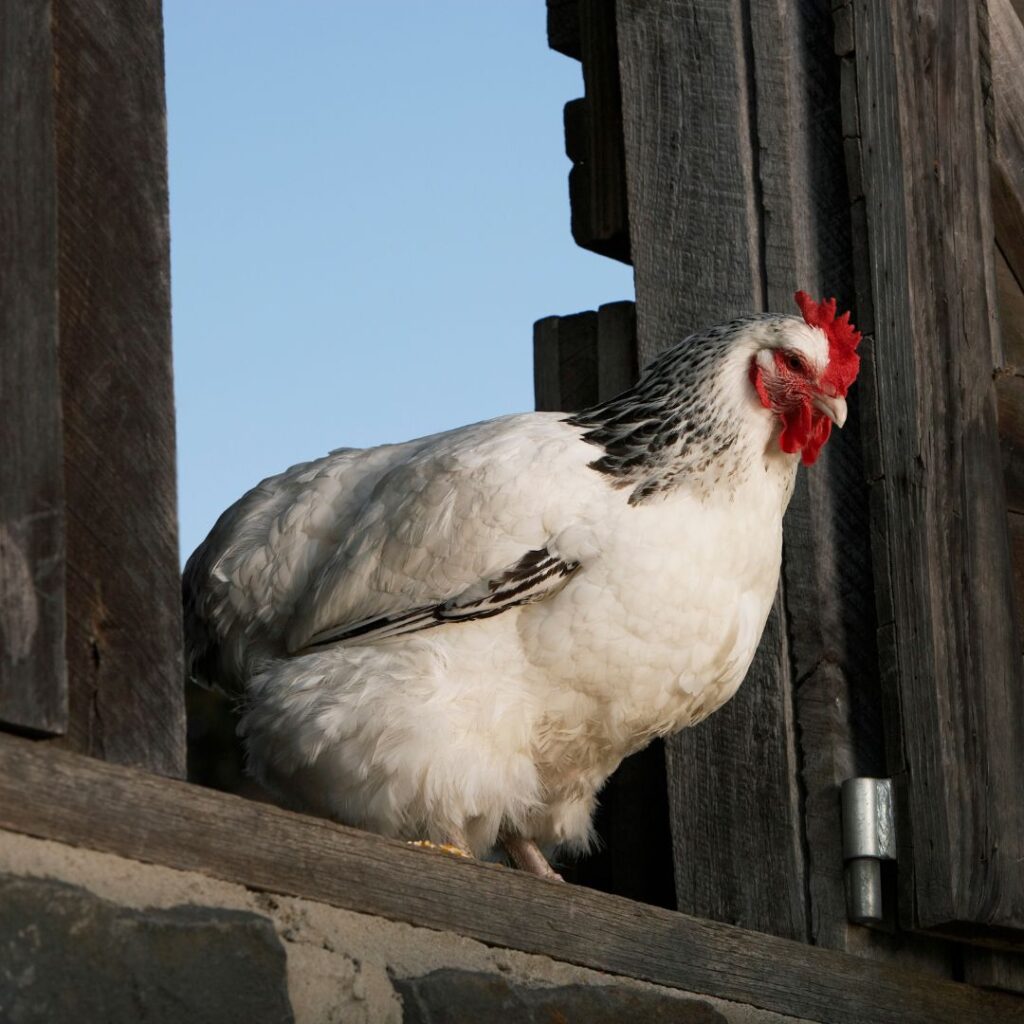
Captured chickens may be stressed and in need of some extra care and attention. If the chicken is injured or sick, it is important to seek care as soon as possible. If the chicken is healthy, provide it with fresh water and a well-balanced feed, even some added protein such as mealworms, to help it recover from the experience.
It is also important to ensure the chicken is comfortable and warm. If the weather is cold, provide the chicken a warm place to rest, such as a nesting box filled with straw. If the chicken is friendly and hand-tame, you may even want to cuddle with it to help it feel more secure.
Conclusion
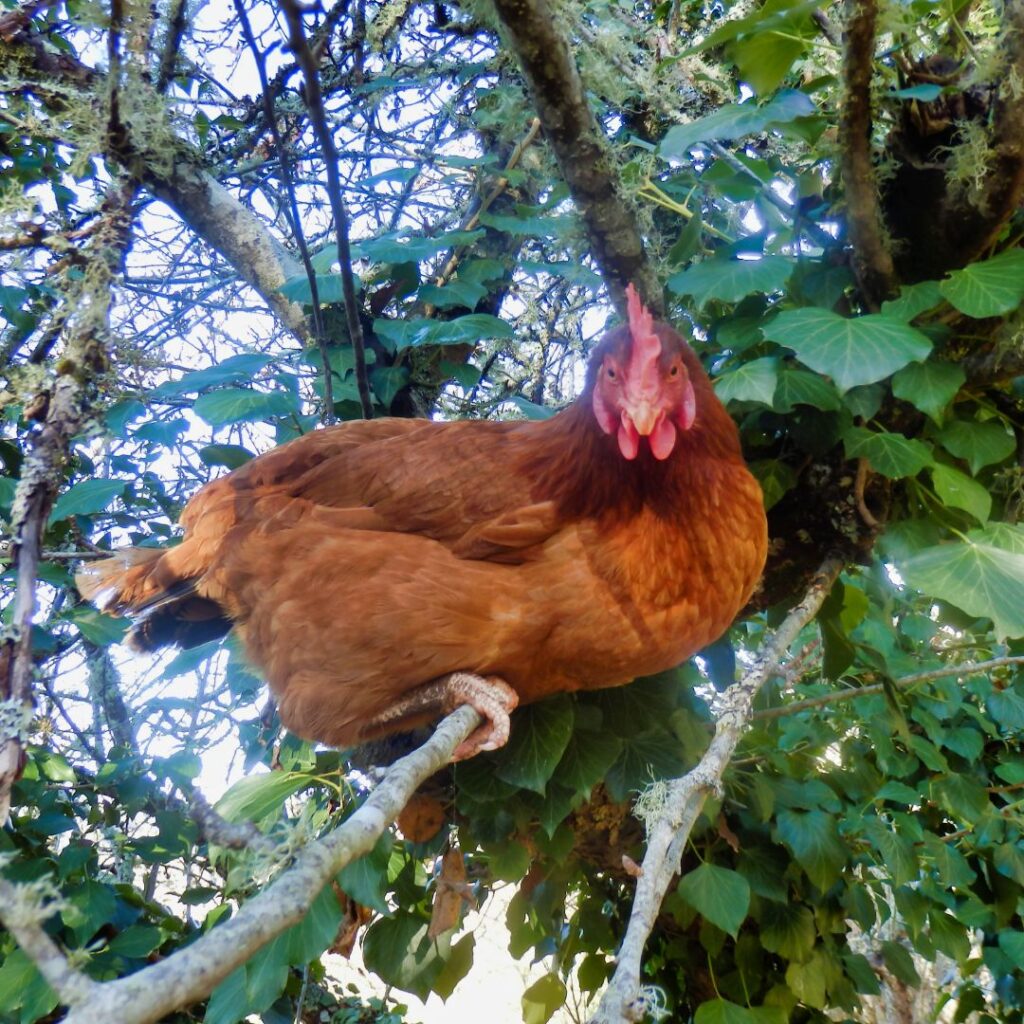
Catching a chicken can be a challenging experience, but with the right tools and experience, it can be done safely and effectively. Always approach the chicken calmly and slowly and avoid making sudden movements that might scare them.
Returning them to a secure coop quickly, check for any injuries, and let them adjust and calm down on the chickens roost or safe space.
You can catch and care for your backyard feathered friends with a little patience and care.
Related: Beginner Chicken Owner Tips
Frequently Asked Questions
How do you catch a feral chicken?
Catching a feral chicken can be challenging, but it is not impossible. One way is to use a live trap. You can bait the trap with food and set it up in an area where the feral chicken frequents. Once the chicken enters the trap, it will trigger the door to close, and you can easily catch it. Another way is to use a net. You can sneak up on the feral chicken and throw the net over it. Be sure to hold the chicken securely once you catch it.
How do you catch a free-range rooster?
Catching a free-range rooster can be challenging, but there are several ways to do it. One way is to use a chicken catcher hook. This tool is designed to catch the rooster by the leg. You can also use a net to catch the rooster. Be sure to approach the rooster slowly and quietly and to hold it securely once you catch it.
What is the best way to catch a chicken in a tree?
Catching a chicken in a tree can be challenging, but there are several ways to do it. One way is to use a ladder to climb up to the branch where the chicken is perched and gently coax it down. You can also use a long pole with a hook to snag the chicken and bring it down.
What is a chicken catcher hook?
A chicken catcher hook is designed to catch chickens by the leg. It is a long pole with a hook that you can use to catch the chicken’s leg and hold it securely. This tool is convenient when catching free-range roosters.
How can you attract a chicken?
You can attract chickens by using food. Chickens love yummy treats like mealworms, sunflower seeds, and cracked corn. You can also use your voice or a whistle to signal feeding time. Once the chickens associate the sound with food, they will come running.
How To.Catch A Chicken With The Help Of Chicken Wire
If you are trying to catch multiple escapee chickens, set up a chicken wire playpen area, and as you catch each one individually, place them in the ‘playpen’ area and move on to the next.
Alternatively, you could try luring them with treats into the playpen area with treats and place the area close to where you spot your runaway.
